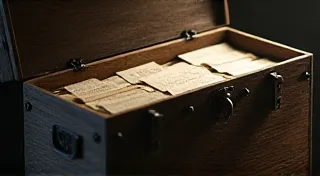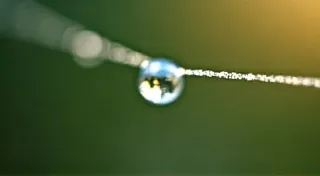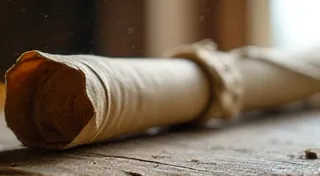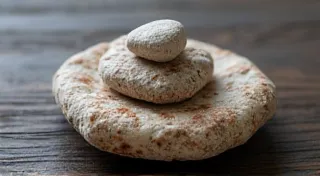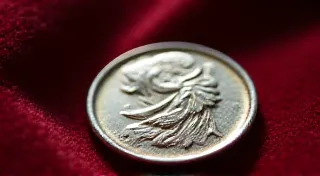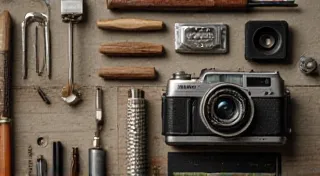Essential Tools for Camera Repair: A Beginner's Guide to Your Toolkit
Repairing vintage film cameras is a rewarding hobby, connecting you to history and allowing you to breathe new life into beautiful pieces of photographic equipment. However, it's not a task you can undertake with just a little patience and some elbow grease. Having the right tools is absolutely crucial for successful camera repair and restoration. This guide outlines the essential tools needed for basic camera repair, considering a beginner’s budget and skill level. We’ll cover everything from simple screwdrivers to more specialized tools for lens repair, discussing quality considerations and affordable options.
The Foundation: Hand Tools for Disassembly and Reassembly
Before you even think about delicate lens work, you need a solid foundation of general hand tools. These are the workhorses of your toolkit, allowing you to safely disassemble and reassemble the camera body.
Screwdrivers: Precision is Key
Forget the chunky screwdrivers from your dad’s toolbox. Vintage cameras use tiny screws, often with unusual head types. Having a range of precision screwdrivers is paramount.
- Jeweler's Screwdrivers: This is your starting point. A set containing sizes ranging from 0.8mm to 4mm is ideal. Look for sets with different head types: flathead, Phillips (various sizes), and even Torx.
- Stubby Screwdrivers: These short-handled screwdrivers are essential for reaching tight spaces inside the camera body.
- Quality Matters: Cheap screwdrivers often have soft metal tips that can strip screws easily. Invest in a decent quality set – they're worth it in the long run.
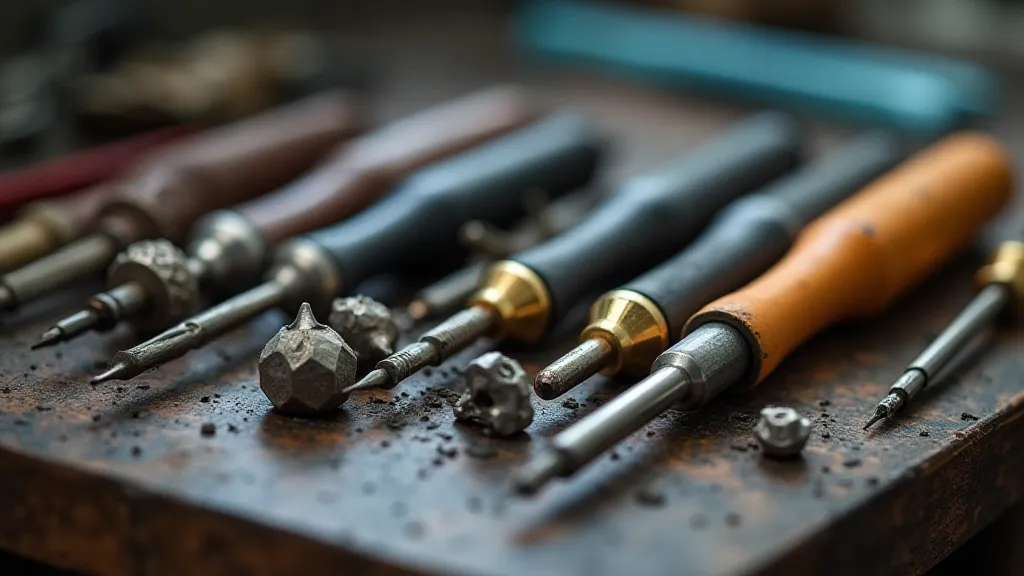
Prying Tools: Gentle Persuasion
Sometimes, components need a little encouragement to separate. Avoid brute force; instead, opt for specialized prying tools.
- Spudgers: These flat, wedge-shaped tools are perfect for separating glued or stuck components. Plastic spudgers are less likely to scratch delicate surfaces than metal.
- Plastic Opening Tools: Similar to spudgers, these are designed for safely opening electronic devices, and are equally useful for camera repair.
- Tweezers: Fine-tipped tweezers are essential for handling tiny screws, springs, and other small parts. Stainless steel is best, as it resists corrosion.
Cutting Tools: Precision Adjustments
While you won’t be doing extensive metalwork, a few cutting tools can be invaluable for trimming gaskets, releasing stuck seals, or adjusting light seals.
- Hobby Knife (X-Acto Knife): With a sharp blade and replaceable tips, a hobby knife is a must-have.
- Flush Cutters: These cutters allow you to snip wires and light seals close to the component, avoiding unnecessary damage.
Cleaning and Lubrication: Restoring Functionality
Dirt, grime, and dried lubricants can impede a camera's functionality. Proper cleaning and lubrication are essential for a successful restoration.
Cleaning Supplies: Gentle but Effective
- Isopropyl Alcohol (IPA): 91% or higher is ideal. Used for cleaning grease, oil, and adhesive residue.
- Cotton Swabs: For precise cleaning in tight spaces.
- Microfiber Cloths: Lint-free cloths for wiping surfaces.
- Blower Bulb: To remove dust and debris.
- Camera Cleaning Solution: Specifically formulated for delicate camera components.
Lubricants: Reinstating Smooth Movement
- Light Machine Oil: For lubricating gears, springs, and other moving parts. Clock oil is a popular choice.
- Grease: For lubricating areas that require more durable lubrication.
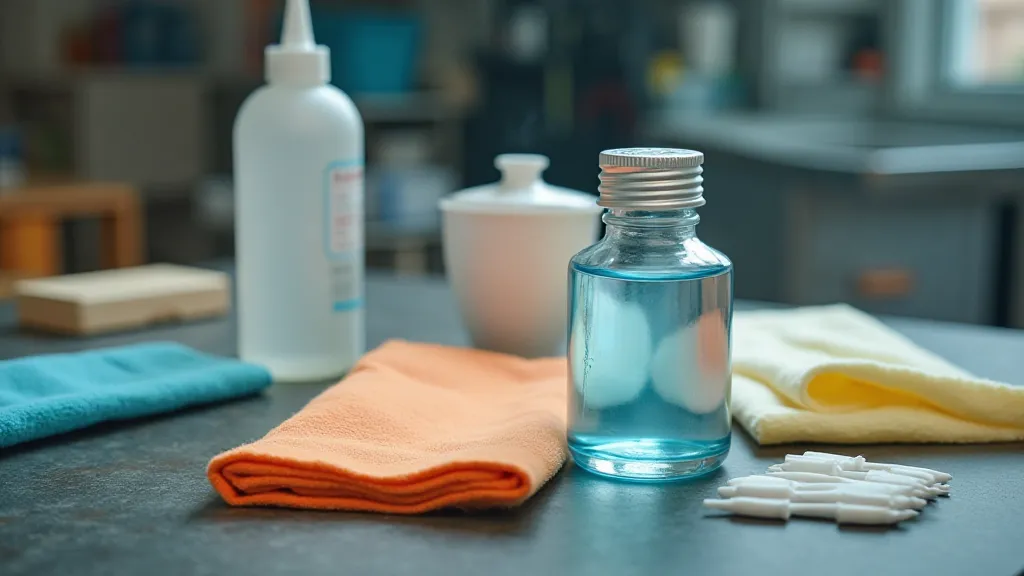
Specialized Tools: Taking Your Skills to the Next Level
As your experience grows, you might consider investing in specialized tools that can tackle more complex repairs. These are optional for beginners but can be incredibly useful for specific tasks.
Lens Repair Tools: A More Advanced Pursuit
- Lens Spanner: For removing and installing lens elements. Different lens designs require different spanner sizes.
- Lens Separation Tool: For safely separating lens elements without scratching them.
- Cement Thinner: For dissolving old lens cement. Use with extreme caution and proper ventilation.
- UV Index Refractometer: For measuring the refractive index of lens elements (advanced).
Film Plane Tools: Essential for Film Camera Restoration
- Film Plane Removal Tool: A specialized tool to remove the film plane or focusing screen.
- Shutter Service Tools: Including shutter hooks and blades, used to repair shutter mechanisms.
Budget-Friendly Options for Beginners
You don't need to spend a fortune to build a basic camera repair toolkit. Here are some tips for keeping costs down:
- Start with the Essentials: Focus on the hand tools, cleaning supplies, and basic lubricants first.
- Search for Used Tools: Online marketplaces and flea markets can be great sources for used tools at discounted prices.
- Buy Kits: Jeweler's screwdriver sets and opening tool kits often offer better value than buying individual tools.
- DIY Solutions: Some tools, like plastic opening tools, can be improvised using household items (with caution and creativity!).
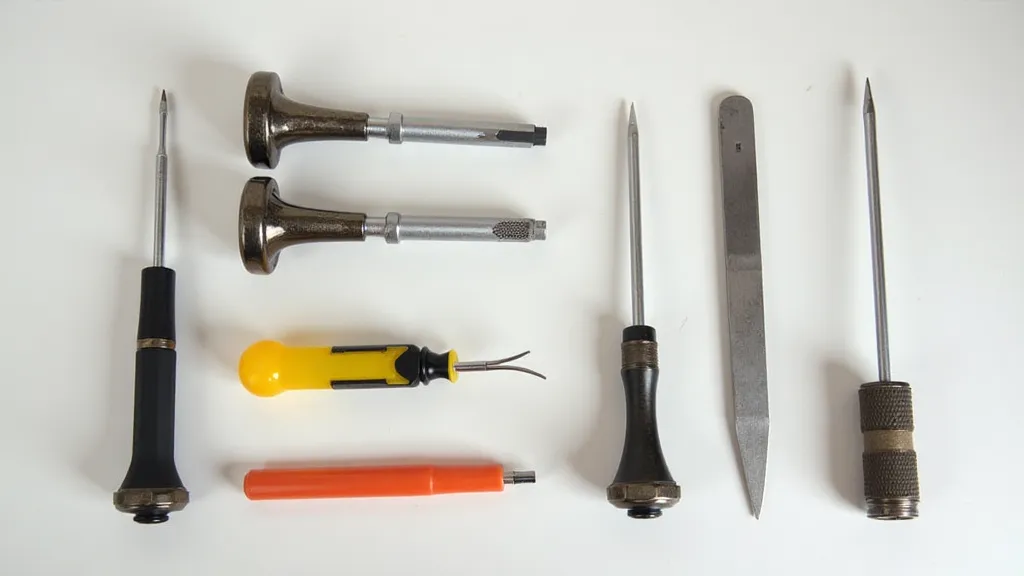
Conclusion: Building Your Skills and Your Toolkit
Repairing vintage film cameras is a journey of learning and discovery. By investing in the right tools and practicing your skills, you can breathe new life into these iconic pieces of photographic history. Start with the essentials, build your toolkit gradually, and always prioritize safety and precision. Happy repairing!
